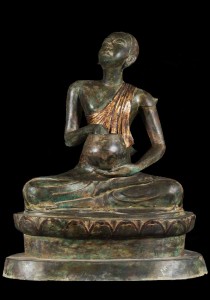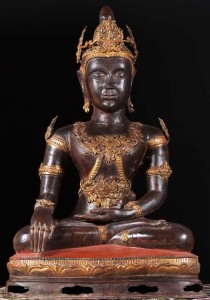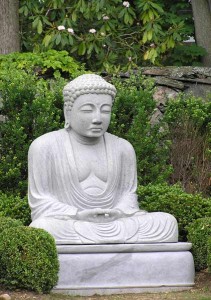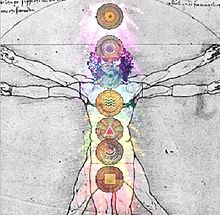
In the Far East, it is considered a high honor for one to leave their family in order to delve deeper in ones Buddhist practice. This may seem strange to westerners to think of valuing ones children to leave home in order to become a practicing monk. But in Asia, delving one’s life completely into Buddhist practices is very highly regarded. These monks or nuns devote their lives to their faith and helping others in their personal quests. They live very simple and pure lives with others of similar values. Within the monasteries, although they are there to serve and practice, they are not completely torn from their previous lives and families. They are allowed to venture back in the case of illness or death of a family member. Otherwise their lives are spent in simple meditation and practice.
Within a monastery, the typical life of a monk is one of devote prayer and meditation within the temple. They have specific tasks allotted to them around the monetary so that they may collectively take part in upkeep and daily living. Everyone works with kindness and respect for one another. Some may teach outside the monastery in order to spread the Dharma to devotees. They are very much devoted to not only personal development, but the development of others. Monks need to conduct themselves in the up most regard, living with integrity and deep-rooted principles.
Most of the time monks have very few possessions. A few simple robes and an offering bowl. Most shave their heads in order to shed the desire for outward beauty focusing solely on their internal beauty. Although they have an offering bowl, they rely on the contribution of others. They do not beg for food by take what is given to them in humble graciousness. The robes are typically simple and made of cotton with no adornments.
In every way the life of a monk is one of simple devotion and intrigue. This is the way that the Buddha lived his on his path to enlightenment and the way he believes will produce the most uncluttered way to enlightenment. With spirituality being of the up most calling, Buddhist across Asia strive to live a life of such simplicity.








